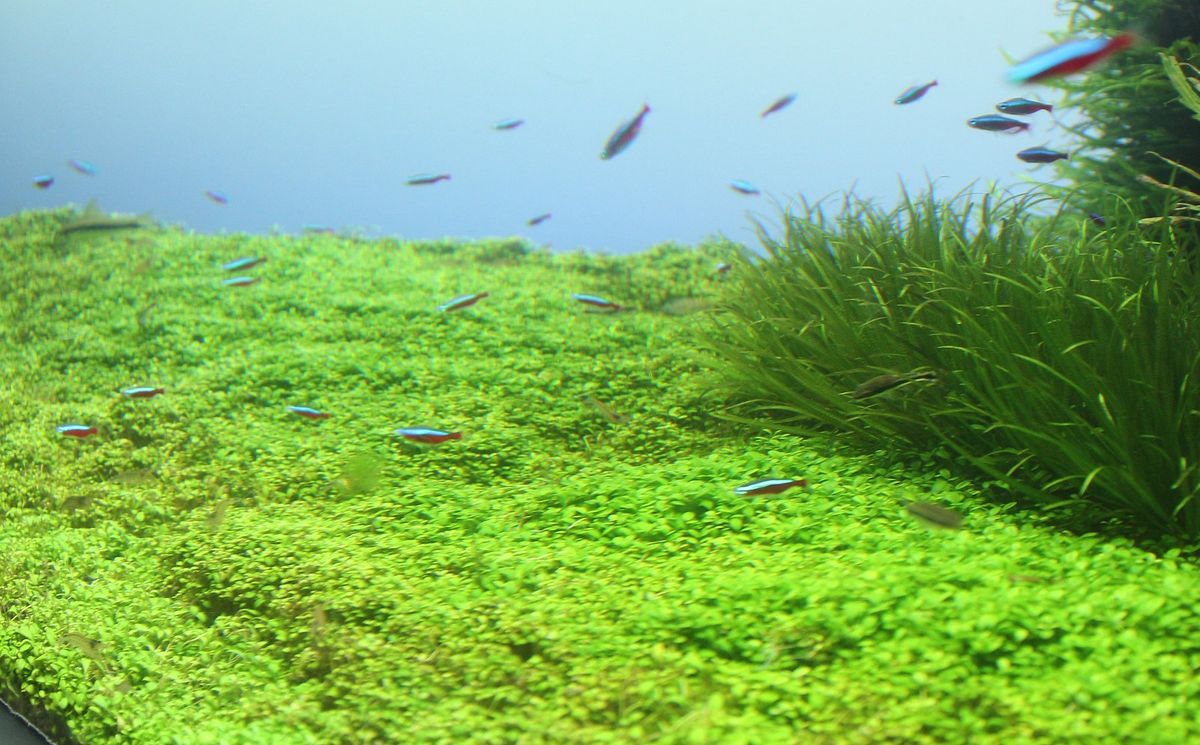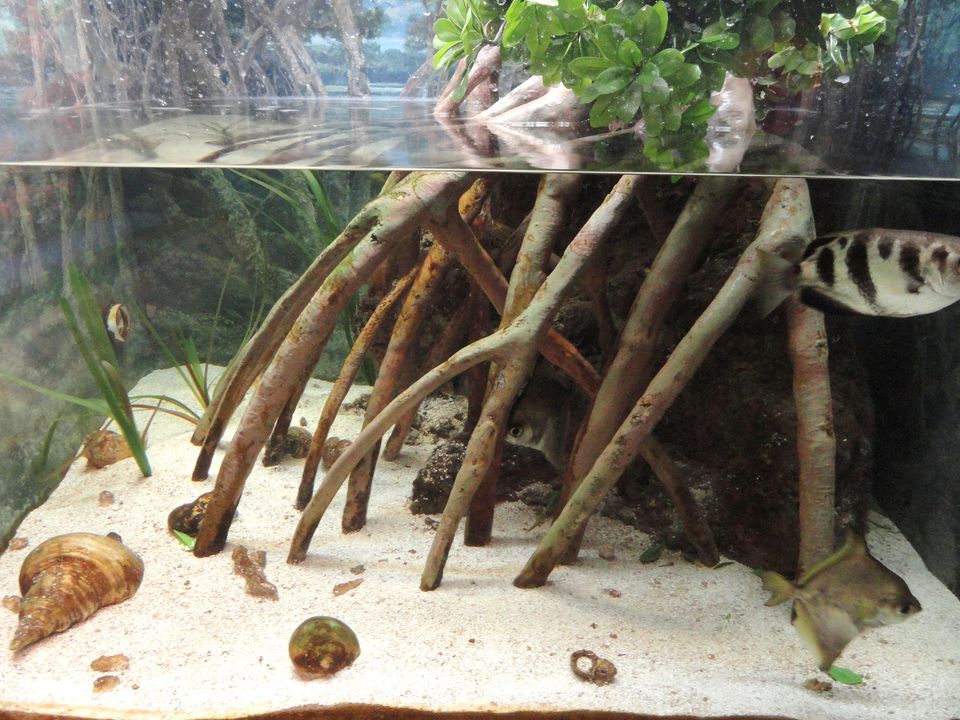What are Aquarium Carpet Plants? Types & Growing Guide
Aquarium carpet plants are a type of aquatic plant that are used to create a natural-looking ground cover in an aquarium. These plants are called "carpet plants" because they grow horizontally and spread out to form a "carpet" in the tank. Aquarium carpet plants are a popular choice for aquascaping.

Aquarium carpet plants are a type of aquatic plant that are used to create a natural-looking ground cover in an aquarium. These plants are called "carpet plants" because they grow horizontally and spread out to form a "carpet" in the tank. Aquarium carpet plants are a popular choice for aquascaping, as they are low maintenance and provide a natural-looking ground cover for the aquarium.
There are many different types of aquarium carpet plants to choose from, each with its own unique characteristics and requirements. Some popular choices include Java moss, Dwarf baby tears, and Riccia fluitans.
In this article, we will explore the different types of aquarium carpet plants, their characteristics and requirements, and how to successfully grow and care for them in your aquarium.
Types of Aquarium Carpet Plants
Java Moss:

Java moss is a popular choice for aquarium carpet plants, as it is easy to care for and can thrive in a wide range of water conditions. It is a hardy plant that can tolerate a wide range of temperatures and pH levels, making it suitable for a variety of aquarium setups.
Java moss grows horizontally and spreads out to form a dense, green carpet in the tank. It can be attached to rocks, driftwood, or other structures in the tank using fishing line or tie wraps. It can also be left to float freely in the tank.
Java moss is a low-light plant, and it does not require intense lighting to thrive. It is also resistant to algae growth, making it a good choice for tanks with algae problems.
Dwarf Baby Tears:

Also known as Hemianthus callitrichoides, is another popular choice for aquarium carpet plants. It is a small, delicate plant that grows horizontally and forms a dense, green carpet in the tank.
Dwarf baby tears requires high lighting and a stable environment to thrive. It is sensitive to changes in water conditions and can be prone to algae growth if not properly cared for. It is best suited for tanks with a high-quality filtration system and regular water changes.
Riccia Fluitans:
Riccia fluitans, also known as crystalwort, is a floating plant that can be used as a carpet plant in the aquarium. It is a hardy plant that can tolerate a wide range of water conditions and is easy to care for.
Riccia fluitans grows horizontally and spreads out to form a dense, green carpet on the surface of the water. It can be left to float freely in the tank or attached to rocks or other structures using fishing line or tie wraps.
Riccia fluitans requires moderate to high lighting to thrive and is sensitive to changes in water conditions. It is best suited for tanks with a high-quality filtration system and regular water changes.
How to Grow Aquarium Carpet Plants
To grow aquarium carpet plants, you will need the following supplies.
Item 1: Aquarium Carpet plant of your choice
Item 2: Aquarium substrate
Item 3: Aquarium lighting
Item 4: Aquarium heater (if necessary)
Item 5: Aquarium filter
Item 6: Water conditioner
Item 7: Nutrient-rich plant fertilizers (optional)
If all the requirements are in your hand, you can proceed with the following steps to start growing.
- To start, choose a suitable location for your carpet plant in your aquarium. Make sure that the location gets enough light and that the plant will have enough space to spread out and grow.
- Next, prepare the substrate for your carpet plant. The substrate is the layer of material that covers the bottom of the tank and provides a surface for the plants to grow in. You can use a variety of substrates, including gravel, sand, or soil.
- If using gravel or sand, make sure to rinse it thoroughly before adding it to the tank to remove any dust or debris. If using soil, make sure to mix it with an equal amount of sand or gravel to improve drainage.
- Once the substrate is prepared, add the carpet plant to the tank. If using Java moss or Riccia fluitans, you can attach it to rocks, driftwood, or other structures using fishing line or tie wraps. If using Dwarf baby tears, you can plant it directly into the substrate.
- Once the plant is in place, add the necessary equipment to the tank, including lighting, a heater (if necessary), and a filter. Make sure to follow the manufacturer's instructions for setting up and maintaining these items.
- It's also important to maintain the water quality in the tank by performing regular water changes and using a water conditioner to remove chlorine and other contaminants from tap water.
- To promote healthy growth, you may also want to consider adding a nutrient-rich plant fertilizer to the water. There are many different types of plant fertilizers available, including liquid fertilizers, tablets and granular fertilizers. Make sure to follow the manufacturer's instructions for using the fertilizer and to use it sparingly to avoid overfeeding the plants.
- In addition to fertilizing the plants, it's also important to prune them regularly to remove any dead or dying leaves and to encourage new growth. This can be done by carefully snipping off the affected leaves with scissors.
By following these guidelines, you can successfully grow and care for aquarium carpet plants in your tank. With proper care and maintenance, your carpet plants will thrive and add a natural and attractive element to your aquarium.




